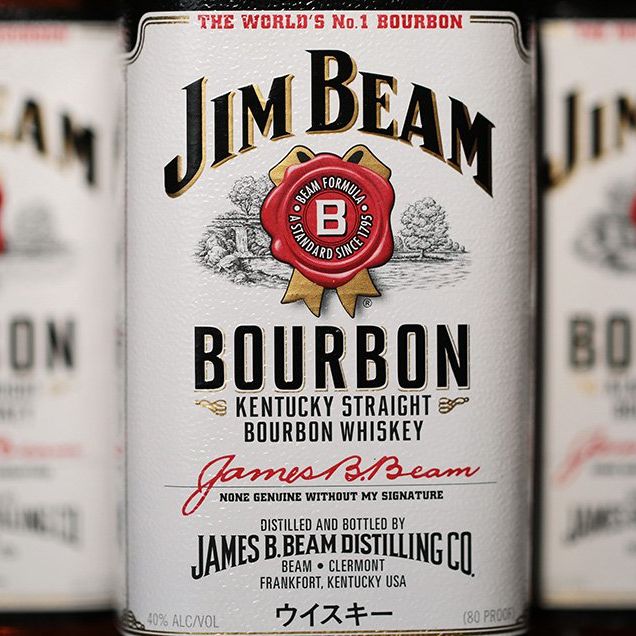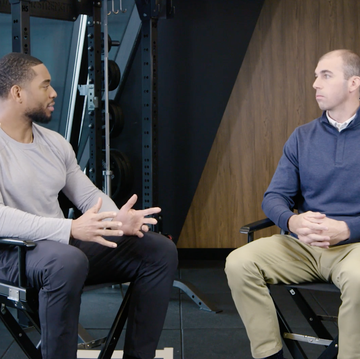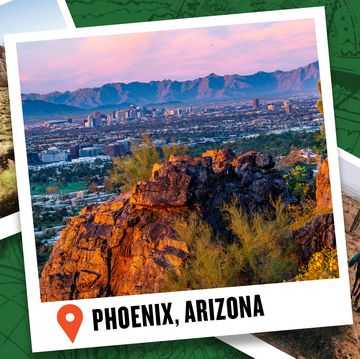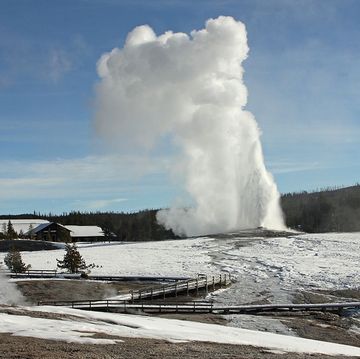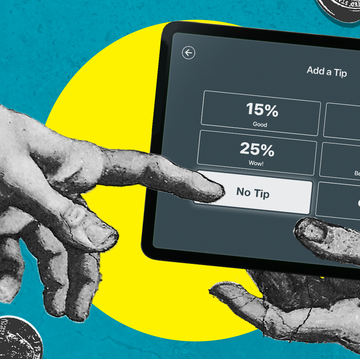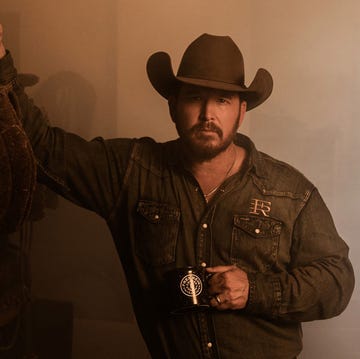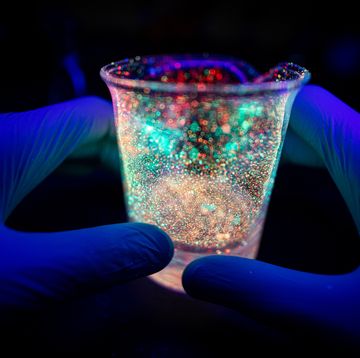Bourbon is booming, baby. According to a 2017 market report by the Distilled Spirits Council, sales of American Whiskey, a category that includes bourbon, increased 7.7 percent to $3.1 billion in 2016.
“Dark spirits, particularly bourbon, have been in high demand over the last five or so years, as younger generations look to elevate their tastes,” says seventh-generation Jim Beam Master Distiller Fred Noe. “This ‘bourbon boom’ gives us a chance to show more folks all of the delicious bourbon we’ve been working on.”
But this surge didn’t happen overnight. The bourbon-making process is a coveted business built around tradition, especially in Kentucky. Here, some of the most surprising facts about bourbon.
It doesn't have to come from Kentucky
You probably already know this, but Kentucky is the epicenter of the bourbon industry. The state produces 95 percent of the country’s bourbon; in 2015, total bourbon inventory was over 6.7 million barrels, according to the Kentucky Distillers Association. Jim Beam, specifically, produces more than 50 percent of the world’s bourbon supply. And Beam does it at a staggering rate: 300 bottles a minute and about 20,000 bottles a day. But bourbon doesn't have to be from the Bluegrass State, legally. The other 5 percent of the country's bourbon comes from states like Colorado, Pennsylvania, Wisconsin, and Wyoming, to name a few.
It has 6 laws to be legit
To be considered bourbon, the liquor must be:
1.) American made
2.) made of no less than 51% corn mash
3.) aged in a new, unused charred barrel
4.) distilled no higher than 80 percent ABV
5.) entered into a barrel no higher than 62.5 percent ABV
6.) filled into a bottle no less than 40 percent ABV and no more than 160 percent ABV
Related: How to Tell the Difference Between Bourbon and Rye Whiskeys
To move (barrels), or not to move
Barrels age in what is called a rackhouse. Picture a big barn that is full of horizontally stacked bourbon barrels. Beam is one distillery that doesn’t rotate its barrels as they age— "that's always been the way at Beam," says Adam Harris, Jim Beam's national bourbon ambassador— but plenty of others do to move the liquor around if it's been aging for awhile. “The rackhouse helps to accentuate and moderate the dynamic Kentucky climate as well as let air circulate freely around the barrels as they rest,” says Harris.
The seasons help add flavor
During aging, the barrel shrinks in the winter and expands in the summer. This causes the bourbon to go in and out of the wood. As it goes through the layer of caramelized sugars on the barrel’s interior surface, the bourbon extracts those flavors and picks up the oaky flavors from the wood as well. The 53-gallon-barrel will also lose about 4 percent of bourbon every year it’s aged because of evaporation; this is called the “Angel’s Share."
Bourbon barrels can only be used once
American bourbon distilleries can’t use the same barrel again once the aging process is over. (Remember, American bourbon needs to be aged in new barrels.) But other whiskey and scotch distilleries around the world—mostly in Europe and Japan— reuse U.S. barrels to age their products. And other spirit industries like tequila and rum use old bourbon barrels— as do some of the beer, coffee, syrup, and hot sauce businesses.
Not every bourbon is "straight"
Distillers are only able to put “straight” bourbon on the bottle if the product has been aged for at least two years, per U.S. law. If it’s up to four years aged, the distiller must put the age statement on the bottle. And then after four years of aging, “it is the prerogative of the maker to put an age statement on the label,” says Harris.
Related: How to Drink Bourbon Better
"White dog" is un-aged bourbon
What comes off the still before it hits the barrel is a harsher, clear grain spirit. Distillers frequently call this "white dog," and while it's not the necessarily the smoothest tasting bourbon, plenty of distillers have starting selling the stuff.
Don't go broke for Pappy
It's widely known how rare and coveted Pappy Van Winkle bourbon is. It's also a universal truth that it's damn expensive and near impossible to purchase. Fun tidbit: W.L. Weller 12 year and Pappy Van Winkle 10 year are both made using the same recipe at the same distillery—Buffalo Trace. What makes them different? The aging process. And also the price. W.L. Weller 12 year will get you roughly the same Pappy flavor and body for a fraction of the price.
Related Video:
